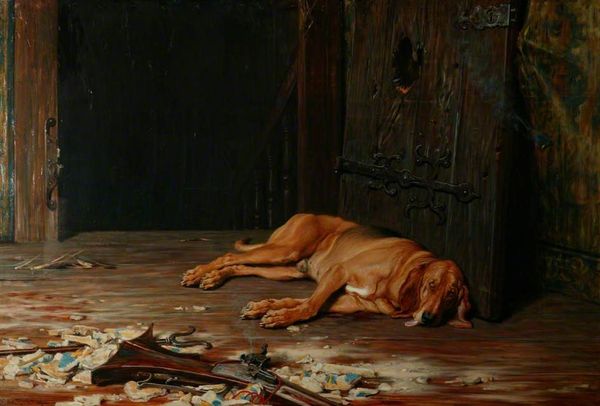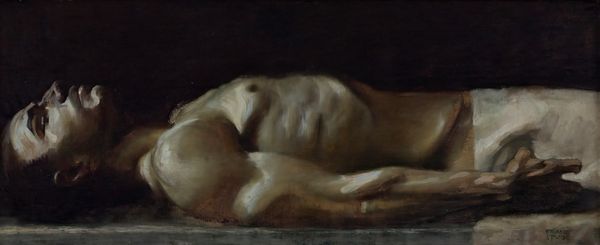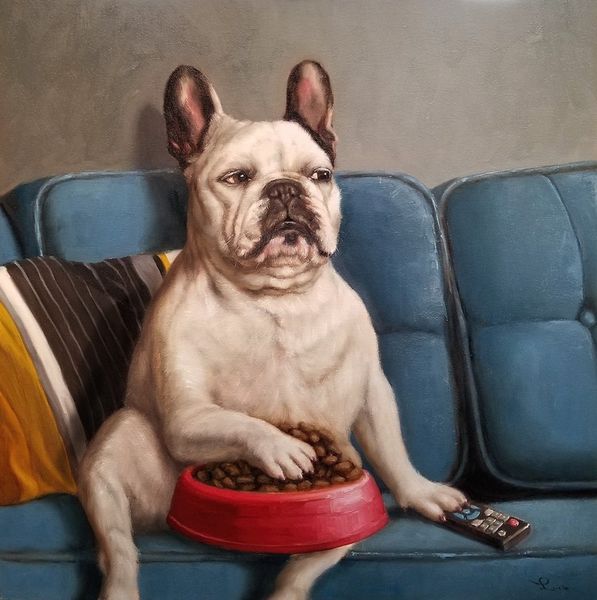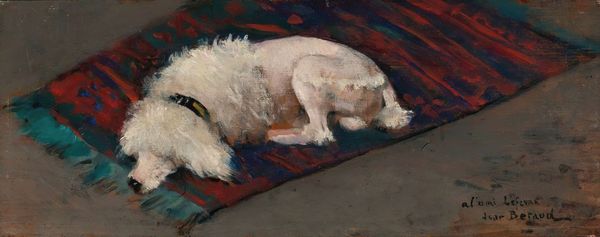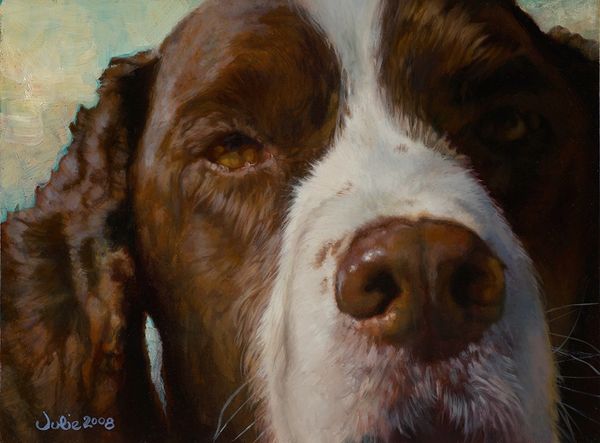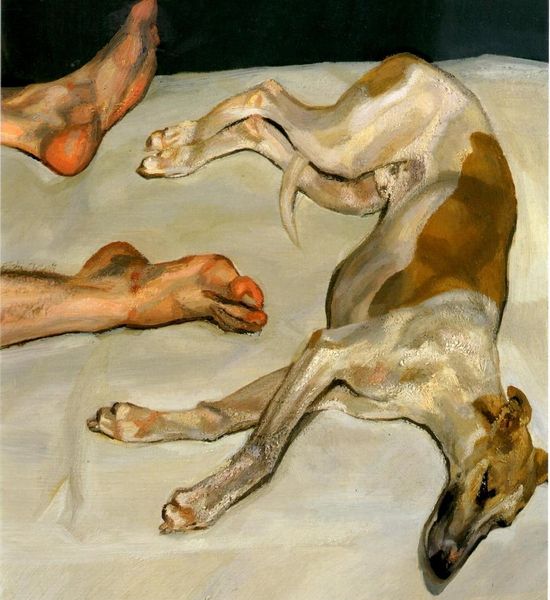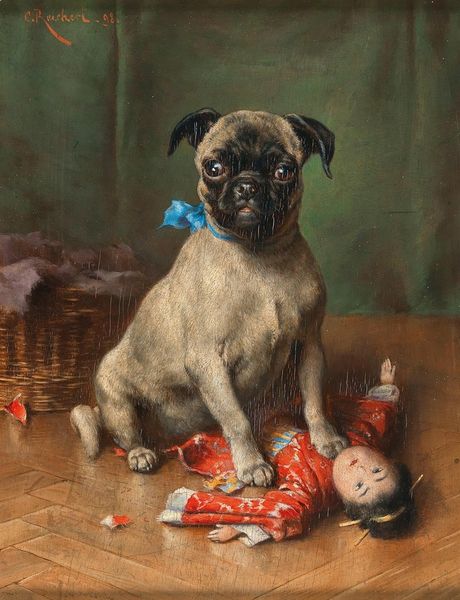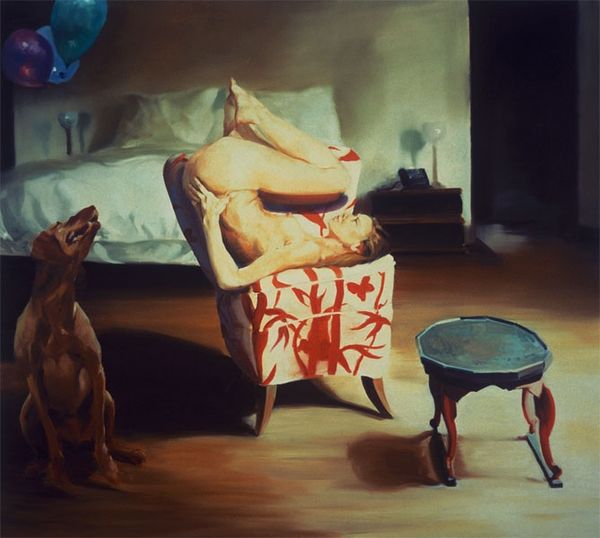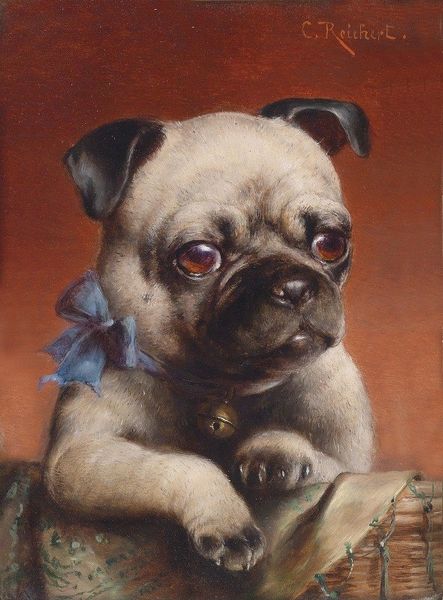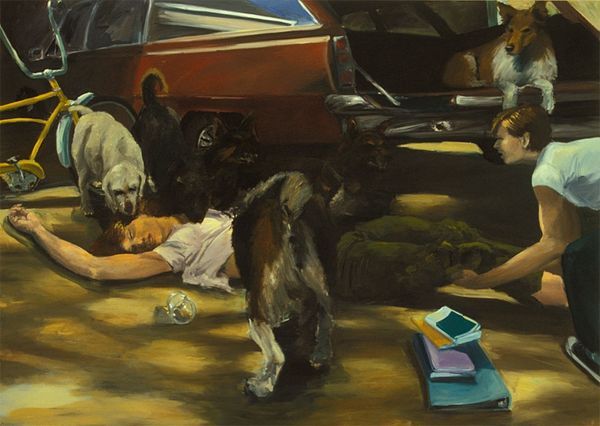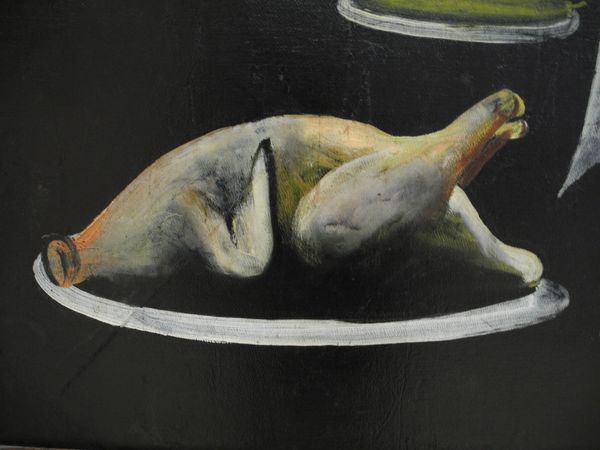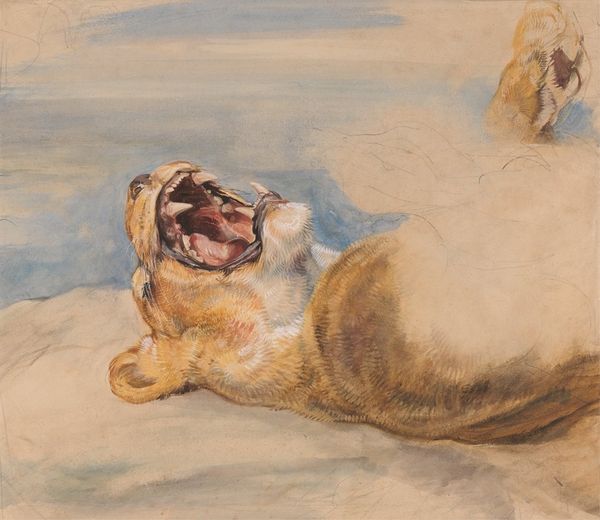
oil-paint
baroque
oil-paint
oil painting
Copyright: Public domain
Editor: Here we have a detail from Juan Bautista Maíno’s “Adoration of the Shepherds,” painted in 1613. It’s oil on canvas, and this small section gives me a really intimate feel—it’s so grounded, so everyday, despite the larger spiritual context. I’m curious about all these random objects… What can we read into them? Curator: I see in this still life, within the adoration scene, a powerful resonance with human continuity. We have objects of sustenance, a waterskin and bag for travels perhaps. These forms speak to elemental human needs – the provision of water, carrying of goods – bridging the sacred story and lived experience. Consider the vessels: their rounded forms suggest wholeness and potential. Are these mere containers, or do they hold deeper symbolic weight? Editor: That’s fascinating, their “rounded forms." But the ropes and bag appear almost coarse in comparison; practical, but…rough. Curator: Exactly. This juxtaposition between the rough hewn and the smoothly rounded might speak to different levels of existence. The woven texture – think of weaving as fate, the human tapestry. It all serves as a humble offering, elevating ordinary items into something…holy, don't you think? Are we perhaps witnessing not only an adoration of Christ but an adoration of life itself, of humanity? Editor: I hadn’t considered it that way. The contrast makes sense; it layers so many levels of meaning onto an already loaded scene. Curator: Ultimately, in revealing these items, Maíno bridges the gap between the divine narrative and our earthly concerns, imbuing mundane objects with profound significance. What did you find the most striking? Editor: The way he makes even a humble waterskin resonate with significance; that’s something I’ll definitely take away from this. Thank you. Curator: A potent reminder that symbols hide in plain sight. It’s about looking, and *seeing*.
Comments
No comments
Be the first to comment and join the conversation on the ultimate creative platform.
